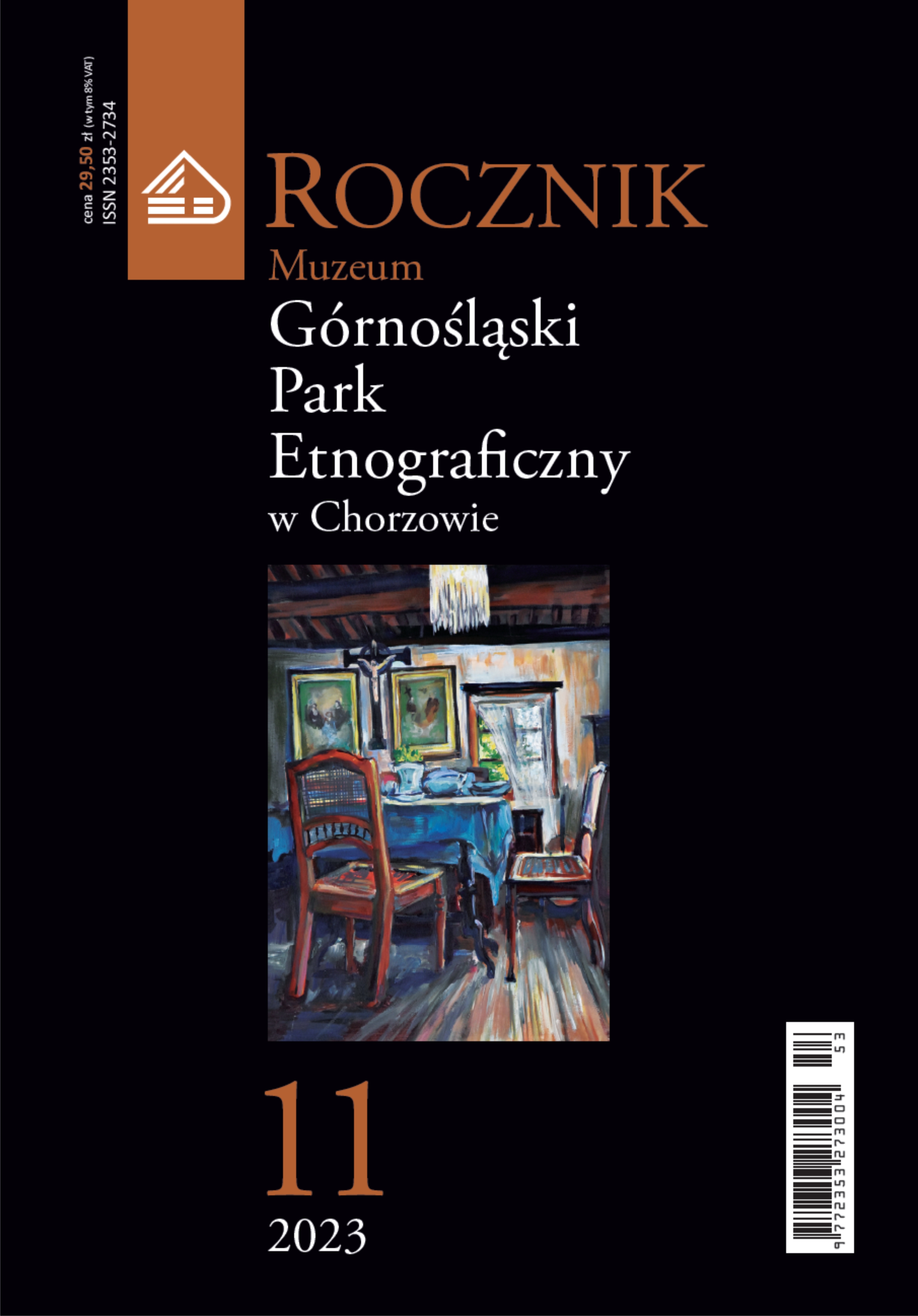Datowanie czasu powstania krawędzi krzemieni na podstawie stopnia ich wygładzenia
Dating the Time of Formation of Flint Edges Based on Their Degree of Smoothening
Author(s): Leszek Chróst, Zbigniew PawlakSubject(s): Archaeology, Cultural history, Economic history, Local History / Microhistory
Published by: Wydawnictwo Muzeum „Górnośląski Park Etnograficzny w Chorzowie”
Keywords: dating methods; dating of flint artefacts; Stone Age archaeology
Summary/Abstract: While conducting research on obtaining useful minerals in the catchment area of the rivers: Brynica, Stoła and Potok Pniowiecki (the borderland of Upper Silesia and Małopolska), the authors found numerous flints proving their possible use as tools in prehistory. The degrees of weathering of the surface of these objects indicate the different times of their creation. The article is an attempt to link the degree of smoothing of the originally sharp edges of flints as a result of physical and chemical processes occurring in the ground over time. It was assumed that the main factor in smoothing the edges is the abrasion of sand grains present in the soil of post-glacial origin as a result of daily and seasonal temperature changes. Therefore, the phenomenon only affects specimens lying shallowly in the ground or on its surface.Based on dated flint artifacts made available for research by the Archaeological Museum in Racibórz, a calibration curve was drawn linking the widths of the light streaks reflected from the examined edges of the artifacts with the dates of their production assigned to the artifacts by the Museum employees. The results of using the curve in dating other flint exhibits provided by archaeological museums in Bytom, Racibórz and Toruń for research by Tarnogórska Land Lovers Association are presented. Archaeological objects from the gravel pit in Kończyce Wielkie were made available for research by the geological museum of the University of Silesia in Sosnowiec. In addition, numerous flints from a private geological collection were also examined - as remains of the glaciations of the Warta, Oder and San in southern Poland.
Journal: Rocznik Muzeum „Górnośląski Park Etnograficzny w Chorzowie”
- Issue Year: 2023
- Issue No: 11
- Page Range: 303-334
- Page Count: 32
- Language: Polish

